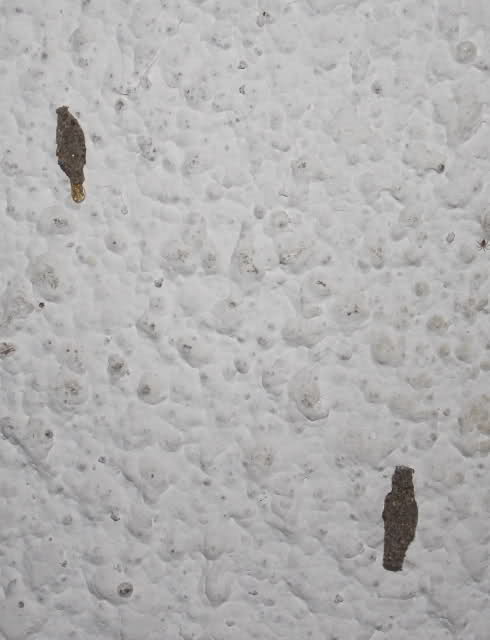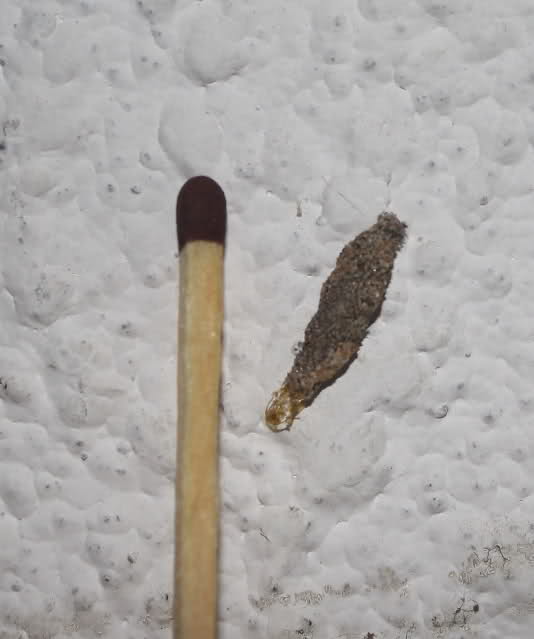Klipspringer wrote: ↑Mon May 04, 2020 8:21 pm We keep them boths. It's a Yellow Pany, unusual resting posture.
Insect or Invertebrates Identification - DONE
Moderator: Klipspringer
- Richprins
- Committee Member
- Posts: 75236
- Joined: Sat May 19, 2012 3:52 pm
- Location: NELSPRUIT
- Contact:
Re: Insect or Invertebrates Identification
Please check Needs Attention pre-booking: https://africawild-forum.com/viewtopic.php?f=322&t=596
-
Klipspringer
- Global Moderator
- Posts: 5858
- Joined: Sat Sep 14, 2013 12:34 pm
- Country: Germany
- Contact:
Re: Jumping Spider IDs and Comments
It's all very confusing, let me think again for a while 

The aelurilline genera females Aelurillus, Langona, Langelurillus, Manzuma and Phlegra look all more or less alike and I think there are many misidentified ones in the books and on the web.
The two of yours are both females.
The aelurilline genera females Aelurillus, Langona, Langelurillus, Manzuma and Phlegra look all more or less alike and I think there are many misidentified ones in the books and on the web.
The two of yours are both females.
-
Klipspringer
- Global Moderator
- Posts: 5858
- Joined: Sat Sep 14, 2013 12:34 pm
- Country: Germany
- Contact:
-
Klipspringer
- Global Moderator
- Posts: 5858
- Joined: Sat Sep 14, 2013 12:34 pm
- Country: Germany
- Contact:
Re: Jumping Spider IDs and Comments
What is the ID of #49?
Maybe I'll post L. hirsuta using the orange one (file 3) pics, then add the file 2 pic as we make a decision.
(LOVE the Giant Daddy Long-legs entry - that is one of my favorite "finds" as it always makes me smile.
 )
)
Maybe I'll post L. hirsuta using the orange one (file 3) pics, then add the file 2 pic as we make a decision.
(LOVE the Giant Daddy Long-legs entry - that is one of my favorite "finds" as it always makes me smile.
-
Klipspringer
- Global Moderator
- Posts: 5858
- Joined: Sat Sep 14, 2013 12:34 pm
- Country: Germany
- Contact:
Re: Jumping Spider IDs and Comments
I have been reading and looking through the newest papers on aelurilline and found that what was previously thought to be Langona is now assigned to the newly erected genus Manzuma. All Manzumas have this distinct "head" pattern with the lighter patch between/above the main eyes and some striping starting there. More so in males, but we have females.
That's why I am now convinced that boths specimen are Manzuma sp
(such as in my previous post, photos)
Two species so far recorded from SA, but yours could easily be an undescribed Manzuma.
https://www.researchgate.net/publicatio ... Salticidae
Re: Jumping Spider IDs and Comments
Not a problem at all! I welcome updating entries as more information comes to our attention  . Our objective is to enlighten ourselves, so thank you for your continued diligence and perseverance. You're the reason this jumping spider thread has gotten as far along as it has.
. Our objective is to enlighten ourselves, so thank you for your continued diligence and perseverance. You're the reason this jumping spider thread has gotten as far along as it has. 

Will redo the entry.

Will redo the entry.
- Richprins
- Committee Member
- Posts: 75236
- Joined: Sat May 19, 2012 3:52 pm
- Location: NELSPRUIT
- Contact:
Re: Insect or Invertebrates Identification
Here is the huge bee...3.5 cm. It wasn't very active.
Please check Needs Attention pre-booking: https://africawild-forum.com/viewtopic.php?f=322&t=596
-
Klipspringer
- Global Moderator
- Posts: 5858
- Joined: Sat Sep 14, 2013 12:34 pm
- Country: Germany
- Contact:
-
Klipspringer
- Global Moderator
- Posts: 5858
- Joined: Sat Sep 14, 2013 12:34 pm
- Country: Germany
- Contact:
Re: Animal ID
Household Case-bearing Moth
Phereoeca sp. family Tineidae
The caterpillars of Phereoeca species make a protective silk case, camouflaged with sand grains. Caterpillars remain in portable cases and are usually found crawling on walls.
Phereoeca species may be household pests, feeding on dead insects and fallen human hair.
http://downloads.hindawi.com/journals/p ... 084541.pdf




